Famous Food Of Meghalaya That You Must Try During Meghalaya Trip
Mar 06, 2024
Veg Specialty
Indian Style
Street food
Non-Veg Specialty
Regional Speciality
Regional Cuisine
Situated inside the stunning hills of Northeast India, Meghalaya draws attention with its lovely environment, wealthy tribal historical past, and, of course, tasty food. As one of the seven sister states, Meghalaya has a unique aesthetic environment with its exotic tribes, including the Khasi, Jaintia, and Garo. From aromatic rice-primarily-based dishes to savoury beef delights, Meghalayan cousins are a blend of flavours that represent the area's cultural range and natural bounty. In this food adventure, we can pattern ten have-to-attempt dishes that capture the spirit of Meghalaya's culinary background.
Meghalaya cuisine at a glance
Meghalayan food is a blend of neighbourhood components, old cooking strategies, and colourful flavours rooted in the place's rustic and hunting-amassing traditions. Rice is the cornerstone of Meghalayan cuisine, accompanied by loads of meat, fish, and vegetable dishes.
The food uses locally sourced elements like bamboo shoots, wild mushrooms, veggies, and fragrant herbs, adding complexity to the dishes. The cuisine features a whole lot of meats, including fowl, pork, fish, and wild game, prepared using traditional cooking strategies. Popular Meghalaya dishes consist of Jadoh, a rice and beef dish; Doh-neigong, smoked beef with bamboo shoots; and diverse stews.
The place is understood for its bold and strong flavours, characterized by ginger, garlic, and chilli peppers. Fermentation is not an unusual approach used in Meghalaya cuisine, resulting in numerous fermented ingredients, including fish, meat, and greens. Fermented soya beans, locally called "Khar," are a staple of Meghalaya households.
Reasons to visit Meghalaya
Meghalaya is a kingdom known for its herbal beauty, vibrant lifestyle, tasty foods, and possibilities for journey and exploration. The country is renowned for its lush, inexperienced hills, cascading waterfalls, serene lakes, and dense forests, providing site visitors with the opportunity to discover and immerse themselves in mesmerizing surroundings. The nation is likewise domestic to the well-known residing root bridges, problematic structures woven from the roots of historical bushes by the Khasi and Jaintia tribes. Meghalayan cuisine is a mixture of flavours and influences that satisfy one. It makes use of indigenous substances like bamboo shoots, beef, fish, and fragrant herbs and spices. It is home to several indigenous tribal groups. Each has its distinct lifestyle, traditions, and customs.
Adventure tourism in Meghalaya gives quite a few reports. There are options to choose from when selecting your Meghalaya Tour Packages. There is trekking through dense forests to white-water rafting. Paragliding over picturesque valleys can also be sought after.
Cherrapunji and Mawsynram have lush hills and several waterfalls. Meghalaya is known for its commitment to sustainable tourism practices. It also supports environmental conservation, with ecotourism initiatives selling responsible tourism. It puts efforts in maintaining the nation's herbal resources. The warmth, hospitality, and friendliness of its people make Meghalaya an appealing vacation spot for visitors.
The perfect time and season to go to Meghalaya
Meghalaya Holiday Packages can be best timed depending on non-public options and desired stories. The region reports special seasons, each presenting particular points of interest and activities.
Winter (November to February) is a cool and dry season.
The temperatures start from 5°C to 15°C, making it a great time. It is apt for sightseeing, hiking, and exploring the area's herbal adventures. Cultural fairs like the Wangala Festival and the Behdienkhlam Festival are also celebrated.
Spring (March to May) brings hotter temperatures. This makes it an ideal time for nature lovers and adventure fans. They get to discover Meghalaya's forests, waterfalls, and caves.
The monsoon season (June to September) is heavy with heavy rainfall. These rework the region into a lush, inexperienced paradise with waterfalls and rivers flowing with water. Activities encompass waterfall sightseeing, river rafting, and exploring the vicinity's herbal points of interest.
In October, the weather turns cooler. The landscapes remain lush and green, making it an ideal time for sightseeing and the outdoors. The first-class time to visit Meghalaya depends on private choices and preferred reviews.
Famous foods to try in Meghalaya
In this cultural excursion, explore ten need-to-try dishes that capture the spirit of Meghalaya's food background. Seek the help of your Meghalaya Travel Guide.
Jadoh
Jadoh, a popular Khasi street meal, ought to be tried while exploring Meghalaya's cuisine. At the center of this dish is purple rice, a mainstay of Meghalayan delicacy that has been perfectly organized and imbued with the wealthy flavors of delicious beef. Jadoh, frequently served with spicy green chilies and tangy chutney, thrills the tongue with a great combo of spices and textures. Jadoh, whether or not served at a crowded avenue stall or a secluded café in Shillong, provides a flavor of real Meghalayan comfort food.
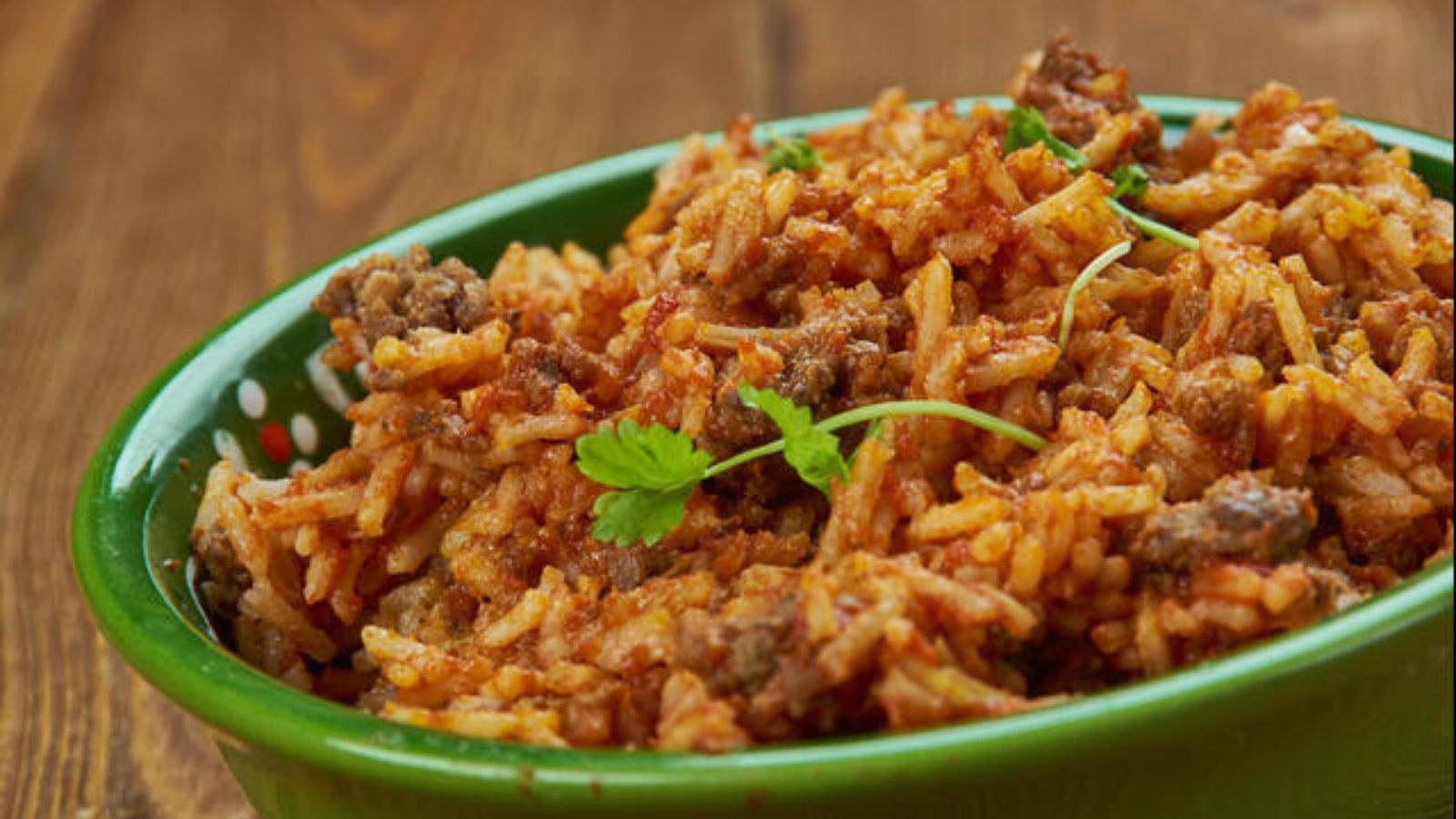
Nakham Bitchi
Nakham Bitchi embraces the wealth of Meghalaya's rivers and streams, making it a seafood lover's pleasure. Bitchi is a conventional delicacy made from dried fish that has been cured and becomes a significant soup. Nakham Bitchi, whether served as a warming supper on a winter night time or as a refreshing snack at a roadside sales space, presents a flavour of Meghalaya's coastal flavours.
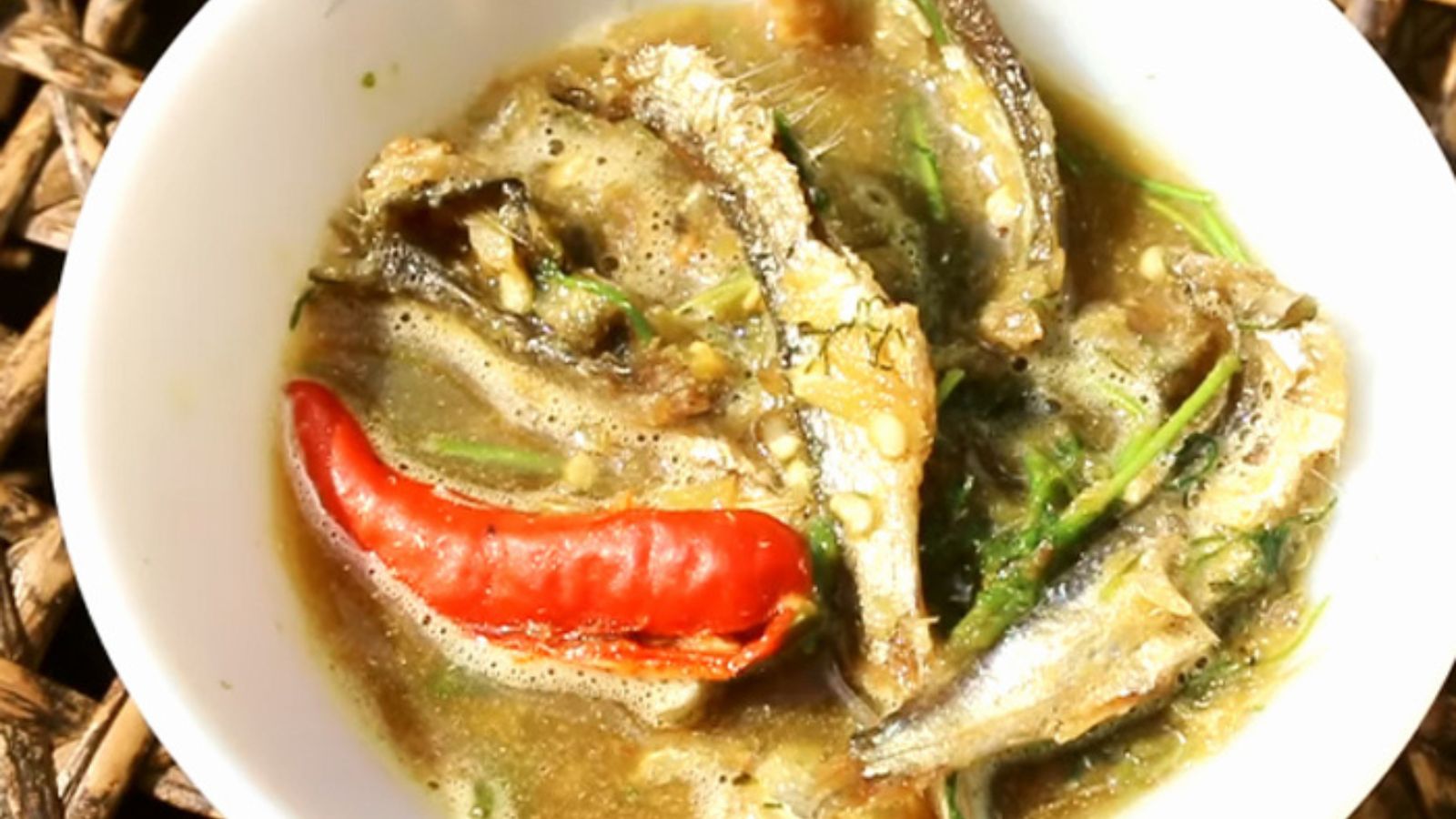
Pumaloi
Pumaloi, a traditional rice dish that symbolizes communal feasting, is a staple of the Meghalayan gala. Pumaloi, made from powdered rice and boiled to perfection in a unique pot known as Khiew Ranei, is a popular dish at weddings, festivals, and circle of family gatherings. The rich flavours and cultural significance of this favourite dish are belied by its easy training.
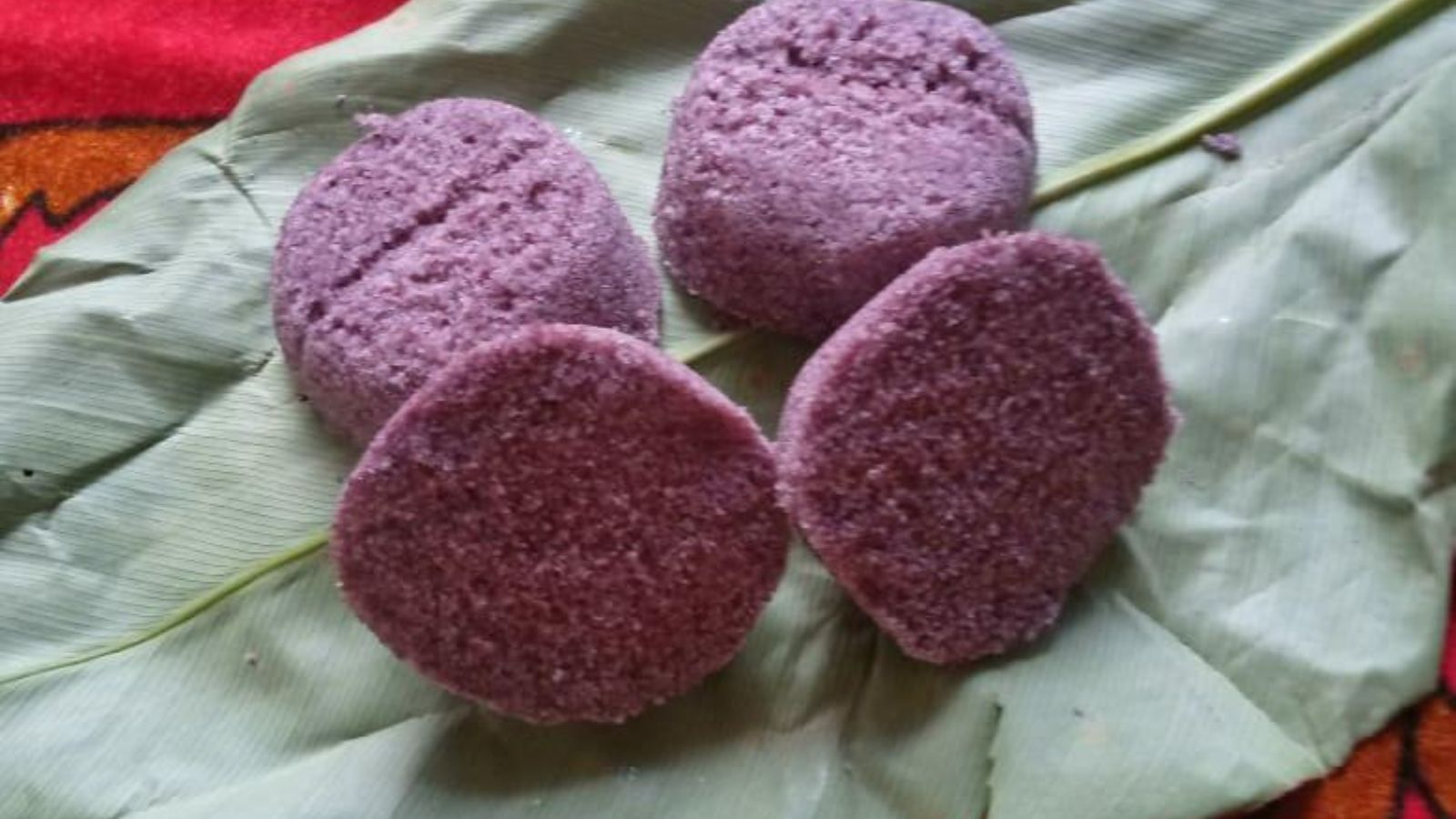
Pudoh
Pudoh is a scrumptious alternative to classic Pumaloi for folks who like beef. Pudoh is made with an equal powdered rice base but is advanced by the inclusion of flavorful beef pieces and aromatic spices, resulting in a hearty and enjoyable dish. Pudoh, whether or not eaten at a roadside booth or a neighbourhood festival, is positive enough to thrill the senses and create an enduring influence on discerning palates.
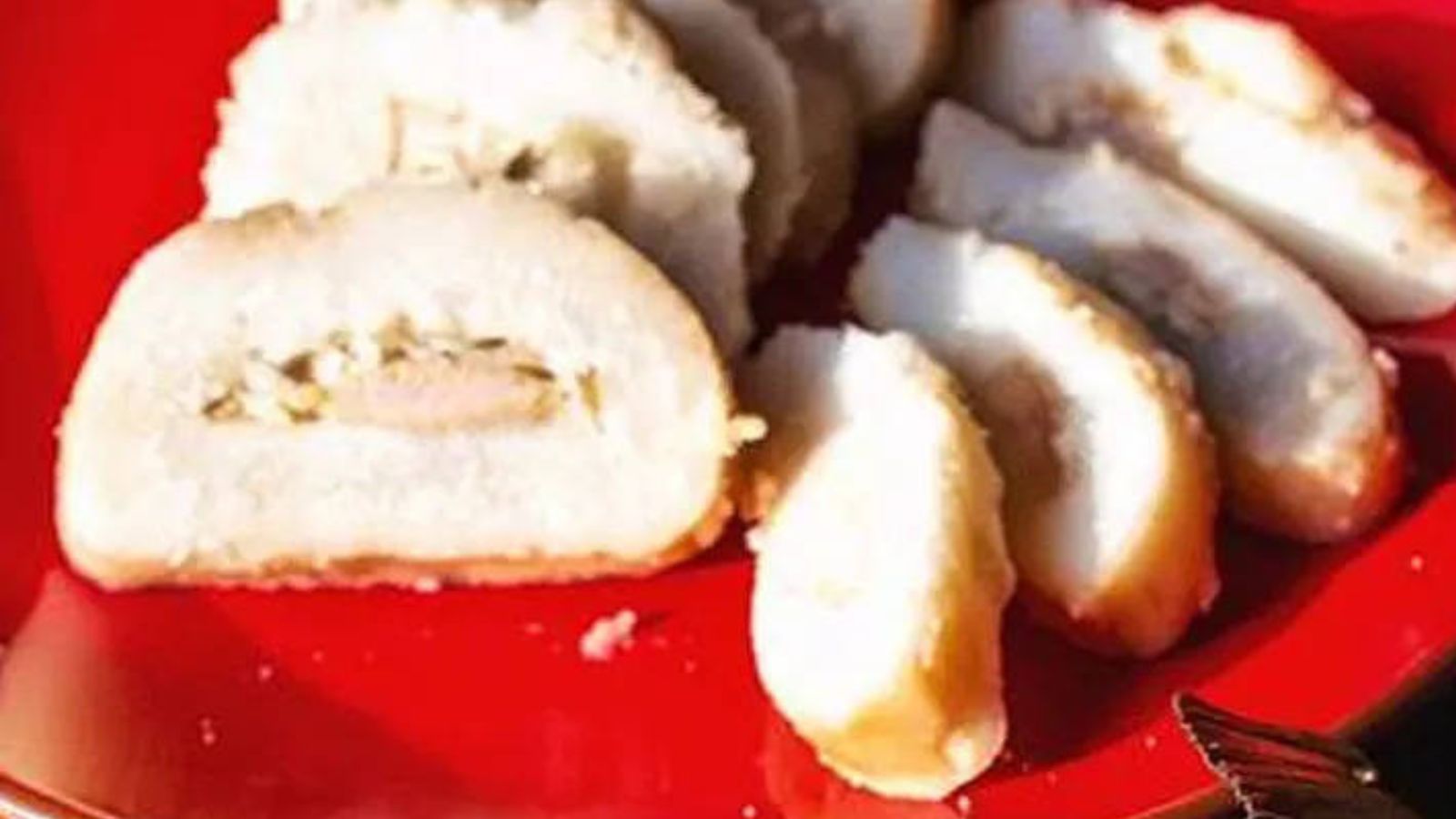
Minil Songa
Mini Songa, a sticky rice delicacy made by the Garo tribals of Meghalaya, honours the area's agricultural riches. This traditional meal is infused with nutty flavours and aromatic spices, demonstrating Meghalaya's culinary variety.
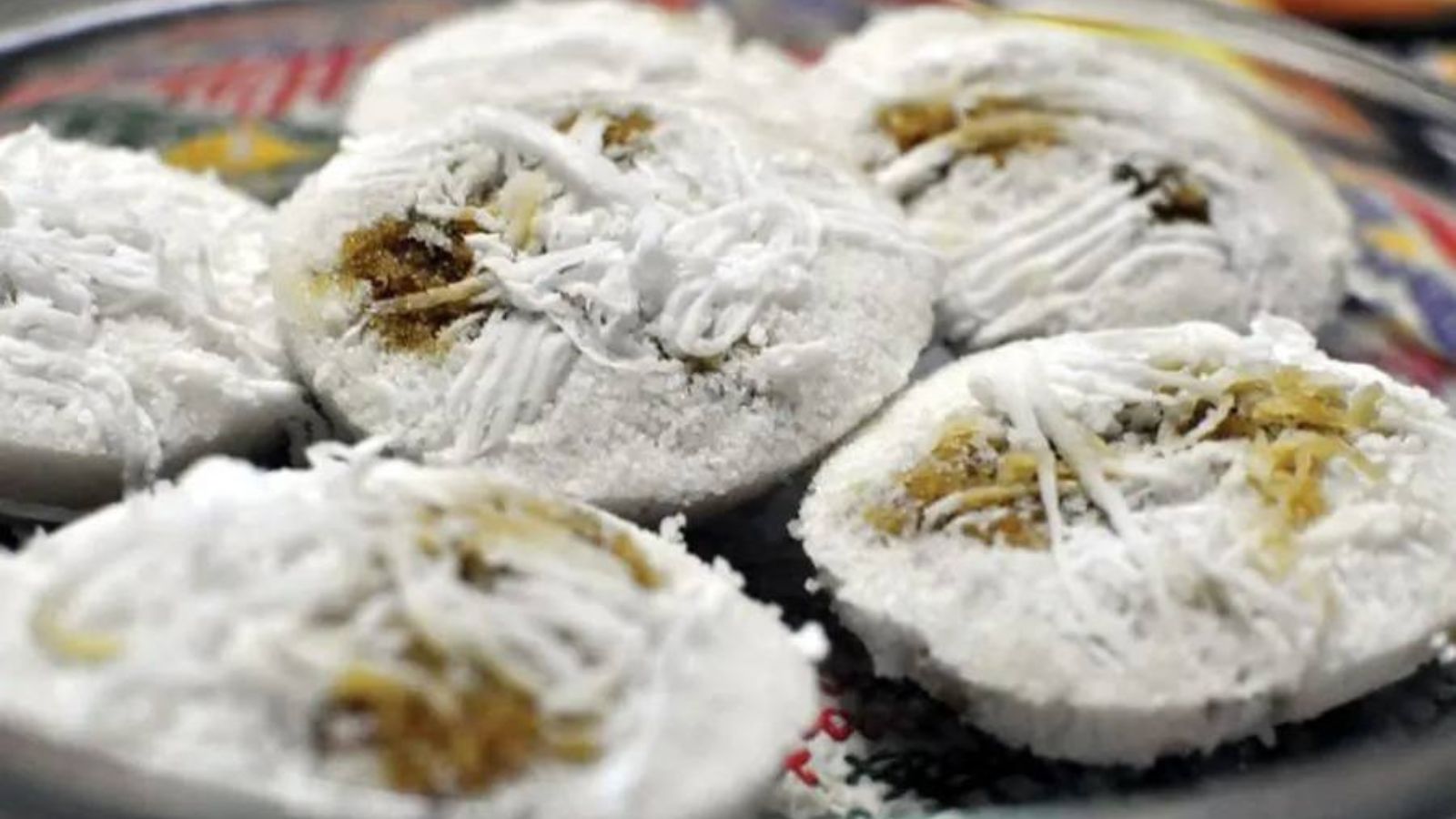
Dohneiiong
Dohneiiong, a critical beef curry dish, is a warming staple in Meghalayan delicacies. This conventional dish, made with delicate pork, fragrant spices, and a creamy sauce, pairs nicely with a steaming plate of rice. Dohneiiong, whether served at a local restaurant or in a conventional Khasi domestic, offers a flavour of Meghalaya's culinary history.
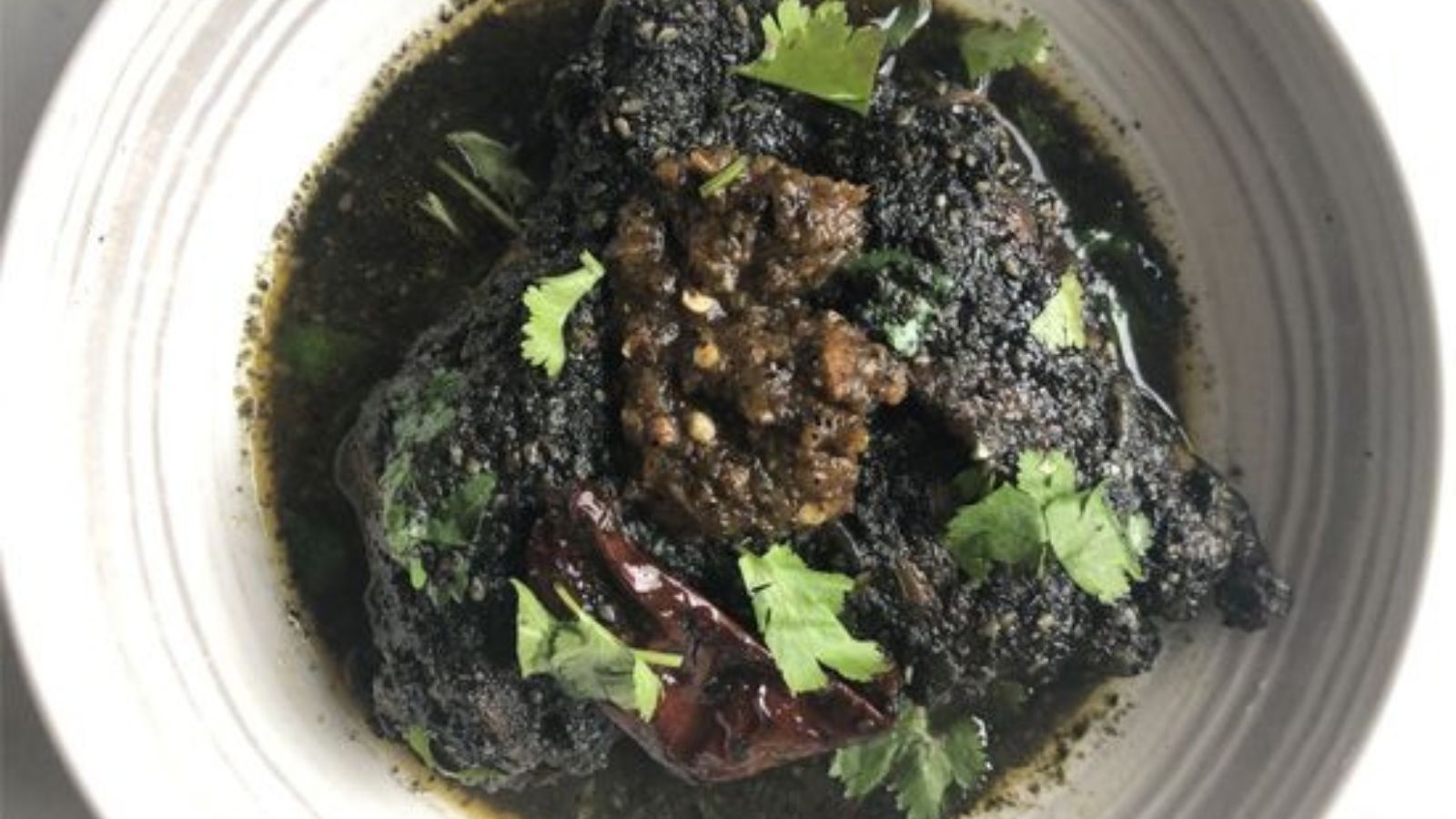
Tungrymbai
Tungrymbai is a tasty meal that exemplifies Meghalaya's culinary inventiveness. Tungrymbai, a giant and healthy dish crafted from soybeans, vegetables, and red meat, depicts the vicinity's agricultural bounty. Tungrymbai, whether or not served at a nearby marketplace or a conventional Garo ceremonial dinner, affords a taste of Meghalaya's wealthy culinary historical past.
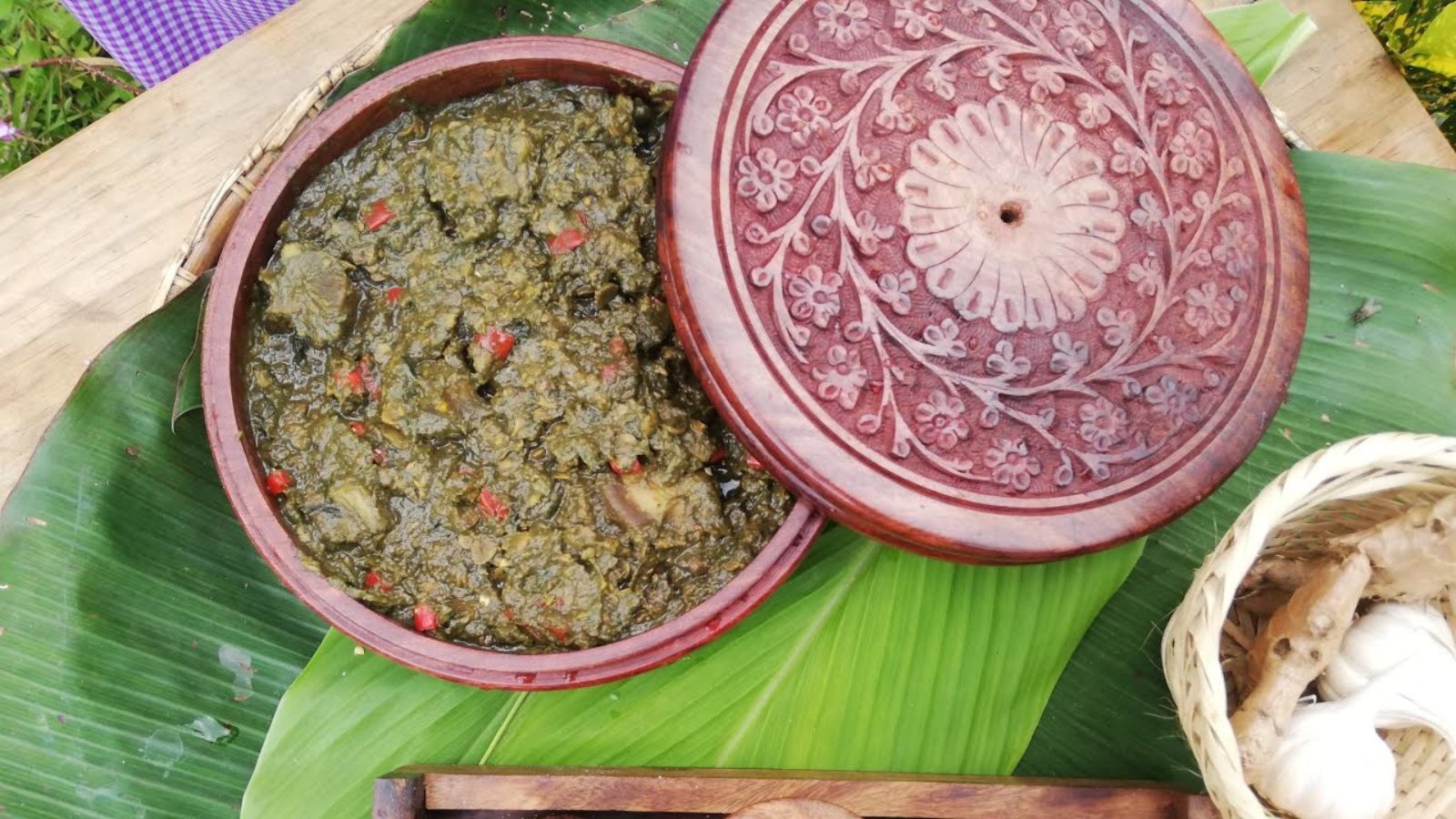
Conclusion
Meghalaya's gastrospecialties are as varied and brilliant as its natural settings. From delicious red meat specialities to aromatic rice-primarily based dishes, every culinary creation reflects the location's cultural diversity, customs, and agricultural abundance. Meghalayan cuisine, whether or not enjoyed at an active avenue stall or a conventional tribal domestic, affords a sensory route that delights the palette while also nourishing the soul. So, the next time you go to the picturesque hills of Meghalaya, make certain you embark on a culinary journey and sample the foods of this captivating region. Based on your interest, explore more packages such as the Meghalaya Honeymoon Packages as well!
Below are a few commonly asked questions (FAQs) regarding Meghalaya
Which is an appropriate time to visit Meghalaya?
The pleasant months to go to Meghalaya are October through April because the weather is nice and suitable for outdoor sports activities and sightseeing. However, every season in Meghalaya has its private attractions, so the best time to visit is determined by the sources of your pastimes.
What are the highest traveller points of hobby in Meghalaya?
Some of the need-to-see tourism internet websites in Meghalaya are the live root bridges at Cherrapunji and Mawlynnong, Asia's cleanest settlement. Other well-known sites are Shillong, the capital metropolis referred to as the "Scotland of the East," and the scenic Dawki River, which has crystal-clean waters.
Is Meghalaya secure for travellers?
Meghalaya commonly appears as a haven for tourists, with great natives and a low crime rate. However, like with any trip, it is vital to take simple measures, consisting of keeping off lonely areas at night and varying your possessions steadily.
What's the climate like in Meghalaya?
Meghalaya has a moderate temperature all 12 months, with cool summers and winters. The area has extensive rainfall for the duration of the monsoon season, which lasts from June to September, making it wealthy and verdant but also susceptible to landslides and road closures.
Articles by Interest
Get your free quote
Latest Articles
Similar Articles